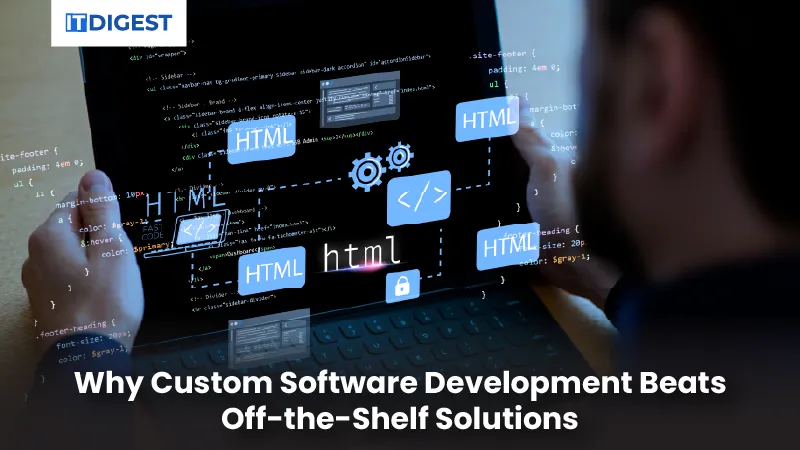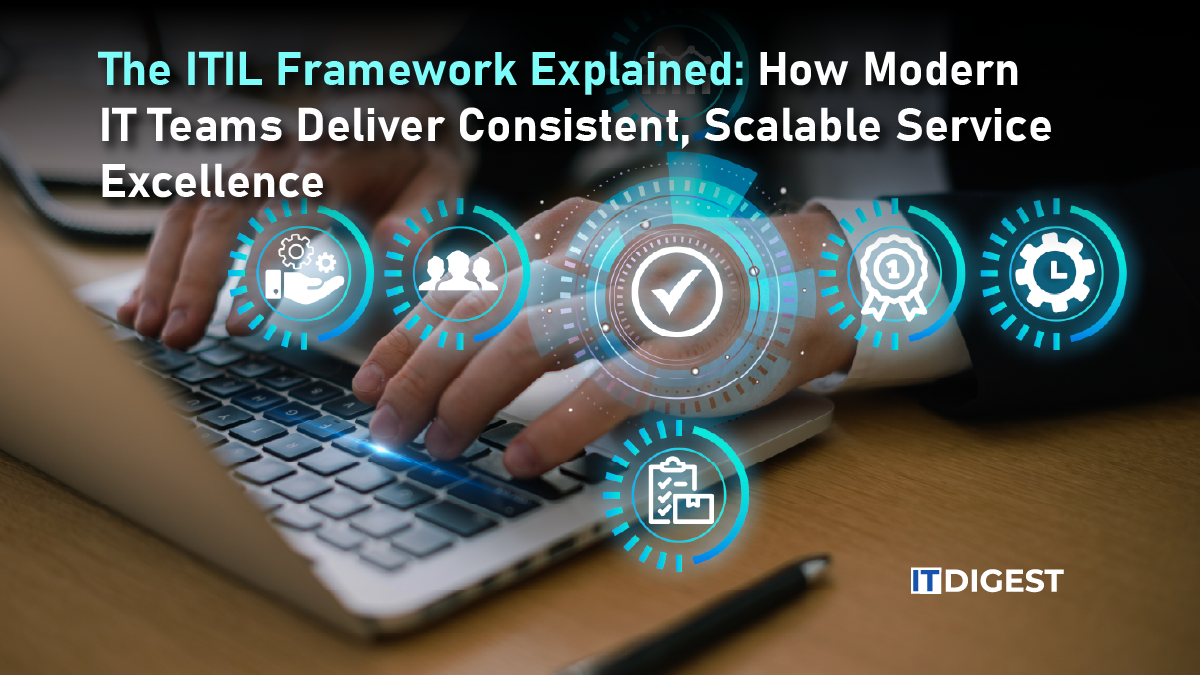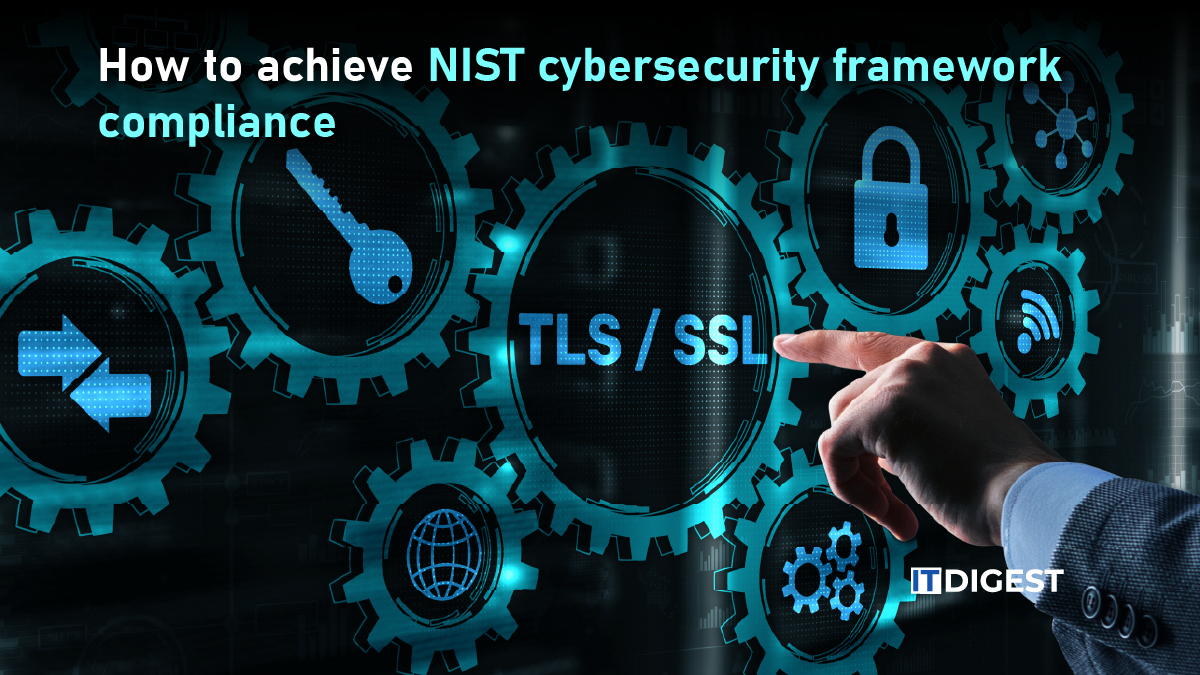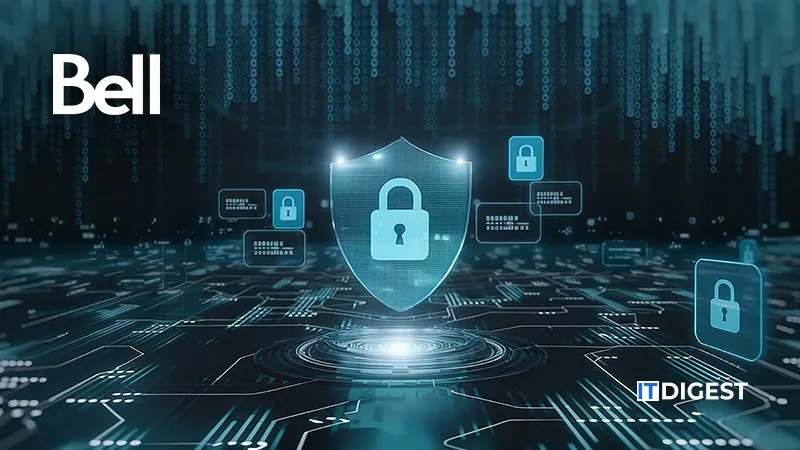In today’s world, cyberattacks change quickly. Tech leaders must accept a tough truth: old security methods just don’t work anymore. Recently, a global logistics firm faced a breach. Hackers took advantage of unpatched vulnerabilities. This disruption affected supply chains on three continents. The fallout includes millions in losses, lost customer trust, and regulatory penalties. This shows the urgent need for a change. The preventative security model is a proactive framework. It aims to stop threats before they happen. For B2B leaders in a connected digital world, this approach is not just smart; it’s crucial.
The Flaws of Reactive Security and the Rise of Prevention
For decades, organizations used reactive security. They fixed breaches only after they happened. This ‘whack-a-mole’ approach leaves gaps attackers exploit with alarming ease. The 2023 IBM Cost of a Data Breach Report shows that it takes an average of 277 days to find and fix a breach. This delay costs businesses US$ 4.45 million. Delays happen because of broken tools, teams working solo, and fixing problems instead of spotting threats.
A preventative model flips this script. It doesn’t wait for alarms. Instead, it adds security to every part of operations. This way, it can spot risks and tackle them before they happen. Think of it as constructing a flood barrier before the storm, rather than mopping up after the deluge.
Why Preventative Security Demands Attention Now
Cyberthreats are getting smarter. Ransomware, AI-driven attacks, and supply chain issues are increasing quickly. For B2B enterprises, the stakes are amplified. One weakness in a SaaS platform or IoT device can spread to client systems. This can lead to contractual penalties and damage to reputation.
Regulatory pressures further compel action. Regulations like the General Data Protection Regulation (GDPR) impose fines of up to €20 million or 4% of global annual turnover for non-compliance. Laws like GDPR and California’s CCPA set tough rules for data protection. If companies don’t comply, they face fines of up to 4% of their global revenue. A preventative framework matches these rules and boosts stakeholder trust. It shows strong governance.
Pillars of an Effective Preventative Security Strategy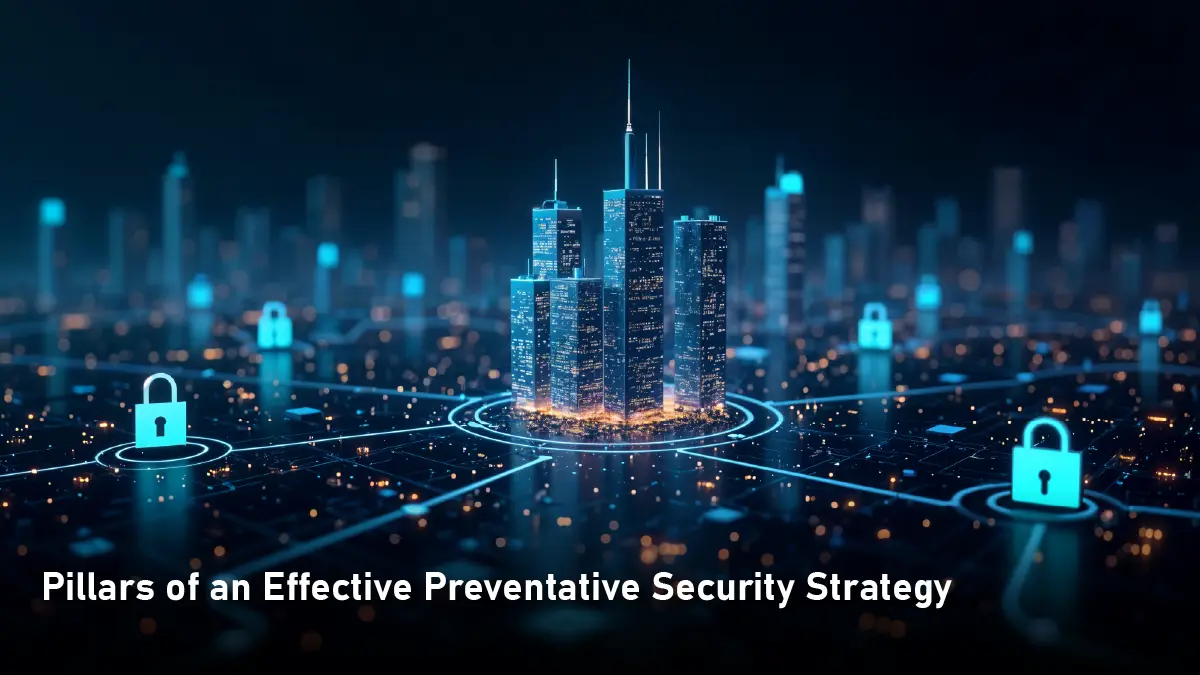
At its core, preventative security hinges on continuous risk assessment. Organizations must systematically identify vulnerabilities, from unsecured APIs to misconfigured cloud buckets. Advanced tools, like attack surface management platforms, map digital assets in real time. They flag weaknesses before adversaries can strike. A healthcare provider recently stopped a breach. They used tools to find and encrypt exposed patient data.
Proactive monitoring forms another cornerstone. Using AI for threat detection, companies check network traffic for unusual activities. This includes strange login attempts, data theft patterns, and lateral movement. Teams reduce risks, such as zero-day exploits and insider threats. They do this by connecting signals to threat intelligence feeds. A multinational bank stopped a phishing campaign. It used behavioral analytics to spot unusual email access patterns.
Access controls are equally vital. The principle of least privilege (PoLP) says that employees and systems should access only the data they need for their tasks. Multi-factor authentication (MFA), biometric verification, and just-in-time access minimize attack vectors. A fintech firm cut credential theft incidents by 80%. They achieved this by using role-based access and time-bound permissions.
Human factors cannot be overlooked. Regular security training transforms employees from vulnerabilities into assets. Phishing simulations, secure coding workshops, and incident response drills build a culture of alertness. A tech startup cut social engineering breaches by 60%. They did this by holding monthly cybersecurity games.
Also Read: Zero Trust Security for AI Agents: A Strategic Imperative in the Digital Age
Navigating Implementation Challenges
Transitioning to a preventative model isn’t without hurdles. Budget problems often come first because old systems might not work well with new tools. However, the long-term cost savings from breach avoidance far outweigh upfront investments. Cloud-native solutions like SASE (Secure Access Service Edge) offer scalable and cost-effective choices. They replace old perimeter defenses.
Complexity poses another barrier. Siloed IT and security teams struggle to unify disjointed tools. Integrated platforms for threat detection, vulnerability management, and compliance reporting make operations easier. Partnering with managed detection and response (MDR) providers can also bridge expertise gaps.
Resistance to change, both culturally and operationally, further complicates adoption. Leaders should promote security as a key business tool. It should connect with goals like building customer trust and standing out in the market. Clear communication about the ROI of preventative measures helps gain support. This includes lower downtime and reduced insurance costs.
The Future of Preventative Security Where Trends Shape Tomorrow’s Defenses
As AI and machine learning mature, their role in preventative security will expand. Predictive analytics will forecast attack paths using past data and new trends. This helps make patches before attacks happen. An e-commerce platform used ML models to predict more credential-stuffing attacks during holiday sales. They strengthened their defenses ahead of time.
Zero Trust Architecture (ZTA) is set to become the norm. It will replace the old “trust but verify” model. Continuous authentication and micro-segmentation stop users and devices from relying on blind trust. A government agency used ZTA to stop lateral movement during a breach. This kept attackers in one segment.
Quantum computing, while promising, introduces new risks. Encryption protocols vulnerable to quantum decryption must be replaced with quantum-resistant algorithms. Forward-thinking enterprises are already piloting post-quantum cryptography to safeguard sensitive data.
A Call to Action for Tech Leaders
The shift to a preventative security model is not optional; it’s a strategic imperative. Begin by conducting a thorough risk audit to identify critical assets and vulnerabilities. Prioritize investments in AI-driven threat intelligence and employee training. Foster cross-departmental collaboration, ensuring IT, security, and executive teams share accountability.
Learn from industry peers. Attend conferences like RSA or Black Hat to glean insights on emerging tools. Engage with frameworks like NIST Cybersecurity Framework to align efforts with global standards.
A CISO at a Fortune 500 company said, “Preventative security isn’t just about blocking every attack. “It’s about making breaches costly and hard for attackers.” By adopting this view, B2B tech leaders can build strong, resilient organizations. They can turn potential crises into small footnotes in their growth stories.
The digital frontier waits for no one. Those who act today will shape tomorrow’s secure, innovative landscape. The question isn’t whether you can afford to adopt a preventative model, it’s whether you can afford not to.















